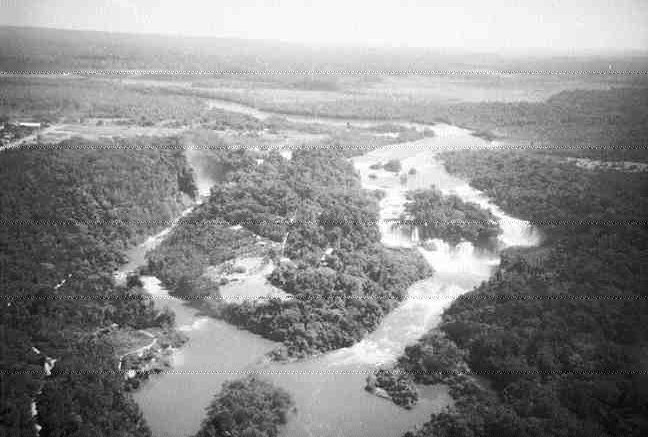Drilling by
The new intersection at the Babau prospect, about 2.5 km southeast of the previously discovered Valley massive sulphide deposit, grades 2.86% zinc, 0.84% lead and 32.2 grams silver per tonne over a core length of 13 metres. A high-grade, 1.65-metre interval within the intersection ran 13.5% zinc, 3.61% lead and 119.4 grams silver per tonne.
A second drill hole cut 4 metres grading 3.4% zinc, 0.63% lead and 32 grams silver per tonne. A third hole did not intersect massive sulphides.
Anglo and joint-venture partner
The property, 800 km northwest of Cuiaba, includes the Arex and Valley massive sulphide deposits. Anglo drilled off a 7-million-tonne resource on Arex in the late 1990s; it has not, so far, disclosed a grade on the resource. At Valley, Karmin outlined a resource of 11.7 million tonnes grading 6.29% zinc, 2.25% lead and 65 grams silver per tonne.
The new discovery at Babau comes from follow-up work on a Spectrem airborne survey, Anglo’s in-house airborne electromagnetic (EM) system. EM anomalies located by the Spectrem system were surveyed on the ground using pulse-EM equipment, and Anglo also did geological mapping and soil geochemistry over them.
Babau is a 700-metre-long EM conductor that coincides with a zone where soils show high concentrations of zinc, lead and copper; geologically, it sits on the same stratigraphic horizon as the Arex and Valley mineralization. The host volcanic rocks, mainly tuffs and volcanic breccias, are hydrothermally altered. Surface weathering of sulphides has created two levels of gossan material.
Results from down-hole EM surveys in the Babau drill holes suggest the mineralization extends below the sulphide intersections.
Anglo and Karmin combined their land packages in the Aripuana area in 1999, with the former taking a 70% interest and assuming operatorship. Karmin’s 28.5% interest is carried through to a feasibility study, and a 1.5% interest is held indirectly by unlisted St. Genevieve Resources.
In 2001, Anglo spent US$1.3 million on the project. Work in the last quarter of the year included 24.5 km of ground-EM coverage over conductors discovered in the airborne EM survey, as well as down-hole EM probing in three earlier drill holes.
Exploration in the region recently uncovered the western extension of the Valley deposit, about 650 metres west of the deposit’s drilled limit in the direction of the Arex massive sulphide body. A drill hole on a structural target intersected 5.9 metres grading 8.5% zinc, 3% lead and 92 grams silver per tonne.
Drilling on a target in the West Valley area intersected 5 metres of mineralization stratigraphically below the main horizon, possibly correlating with the Toddy zone, a copper-gold zone in the footwall of the Valley deposit. The sulphides in the recent drill hole included some sphalerite, and the partners are awaiting assay results on the core.
The hole did not intersect the main horizon; based on structural interpretations, the partners believe a fault striking north-northwest may have down-faulted the main horizon.
At Mocoto, another prospect near the southeastern end of the folded Valley horizon, ground EM surveys have confirmed conductors found in the Spectrem survey. The strongest conductors occur on the main horizon. Recent work indicates that the conductors persist east of where the Spectrem survey found them, and further ground EM will be done west of the conductors to see if they extend further in that direction too.
Earlier drill holes are being re-logged, using the new stratigraphic model. The partners expect to use the revised logs to update the resource estimate on Arex and Valley.


Be the first to comment on "New sulphide prospect at Aripuana"